At risk of starting on too negative a note, any attempt to come up with a definitive list of the best hikes in the world is doomed from the outset. Even if you somehow eliminated all subjectivity from your judgement, for the list to be truly comprehensive you’d need to cover every stretch of land in every corner of the planet.
A hike is an inherently subjective experience. Two people can hike the same route on consecutive days and the first finds it the best day of their life, while the other wishes they’d stayed in their warm hotel as the promised “breathtaking views” were hidden behind a thick wall of cloud.
And while completing all of the hikes in the world would be dreamy, it’s near-enough impossible. So despite the headline of this piece, we have no real way of knowing whether these hikes are indeed the best in the world – sorry.
But read on (please), as what you’ve got instead is a collection of 20 epic hikes, in no particular order. Each of the hikes in this list has been completed, or is in planning to be completed, by experienced hikers from the Live for the Outdoors and Trail magazine teams, so they come as personal recommendations.
There might be a couple of hikes you'd swap in or out, but there's no denying that these are world-class trails. You'll find a lot of classic options here, from every continent apart from Antarctica, some which take a couple of hours, others which take months to complete – and hopefully a few you haven’t heard of. So, take these hikes as a kernel of inspiration, or a potential item for your bucket list, if it’s not already overflowing.
1. Wainwright’s Coast to Coast, UK

Distance: 293km (182 miles)
Duration: 12-14 days
Start point: St Bees Head, Cumbria
End point: Robin Hood’s Bay, North Yorkshire
When we put a callout on Trail’s Facebook page asking for readers’ favourite hikes, there was one suggestion that stood out: Wainwright’s Coast to Coast in the UK. It might seem paltry in comparison to the other hikes in this list, but what it lacks in elevation it makes up for in full English breakfasts.
Mapped out by legendary fellwalker Alfred Wainwright, the Coast to Coast passes through three national parks: the Lake District, Yorkshire Dales and North York Moors – that means rocky fells, green valleys and sweeping moorland.
There’s something uniquely rewarding in the symmetry of starting at one coast and ending at another. As you look out to the North Sea at the end of the hike, you're reminded of the wealth of experience that now sits between you and the Irish sea, and how different you felt when starting out.
Traditionally, walkers take a pebble on the west coast and deposit it on the east, a poignant (if unsustainable) way to mark the end of the trail. Given that removing pebbles accelerates erosion, and adds considerably to your rucksack weight, you might want to consider a twig or blade of grass instead.
Although it’s a popular hike, with good paths and plenty of infrastructure, the trail isn’t officially recognised. But that’s changing very soon. In spring 2026, Wainwright’s Coast to Coast will become a National Trail, with new signposts and more accessible footpaths. See you there.
Check out our guide to the Coast to Coast Path.
2. Mount Kinabulu, Malaysia

Distance: 16km (10 miles)
Duration: 2 days
Start and end point: Timpohon Gate, Kundasang
Once you’ve experienced the true pain of the thousands of stairs up Mount Kinabulu, you’ll never complain about the lift being out of order again. It’s 2,400m of relentless ascent, mainly on a steep staircase, leading you to the summit of one of the highest peaks in Southeast Asia.
Whenever you pause for breath, there’s a new plant or bird to spot. Kinabalu National Park is renowned for its biodiversity, hosting hundreds of bird species, mammals, orchids and ferns. Keep your eyes – and nose – peeled for the rafflesia. Also referred to as the corpse flower, it’s known for its stench of rotting meat, so you’ll probably smell it before you see it.
As for the trail, it cuts through dense jungle, ascends dramatic granite ridges and traverses windswept plateaus. There are sections which involve slippery granite and clinging onto fixed ropes. As a round trip it’s 16km, but most people split it into two, staying the night in a guesthouse beneath the summit.
3. Tour du Mont Blanc, France
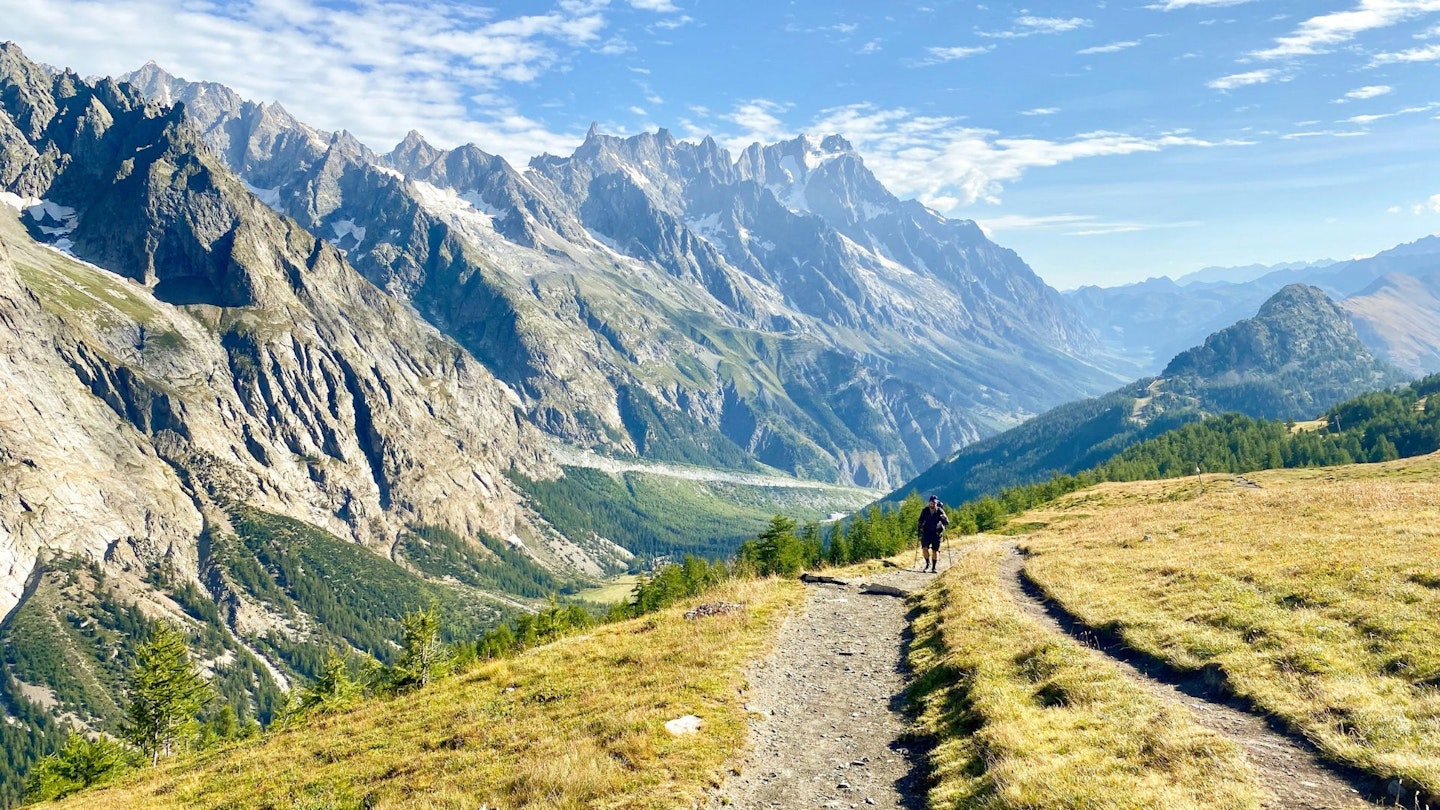
Distance: 170km (106 miles)
Duration: 7-12 days
Start and end point: Les Houches, Chamonix
As the highest mountain in Europe outside the Caucasus, Mont Blanc has a mythic status among European mountains. Its proud peak towers above the surrounding mountains, enticing you to gaze at it, climb it or… walk around it?
Hiking the Tour du Mont Blanc (TMB) is the middle ground between looking at Mont Blanc from your window and actually climbing it. It’s a well waymarked 7-11 day hiking route which passes through France, Italy and Switzerland.
Along the way, you’ll encounter high-altitude passes and alpine meadows, the peacefulness of which is only interrupted by the bucolic peal of cow bells. Out of all the long-distance hikes in the Alps, the TMB is perhaps the most well-known and, well, classic.
If you're inclined towards trail running, the iconic Ultra Trail de Mont Blanc (UTMB) trail race follows the same path – discover more about the UTMB here.
4. Inca Trail, Peru
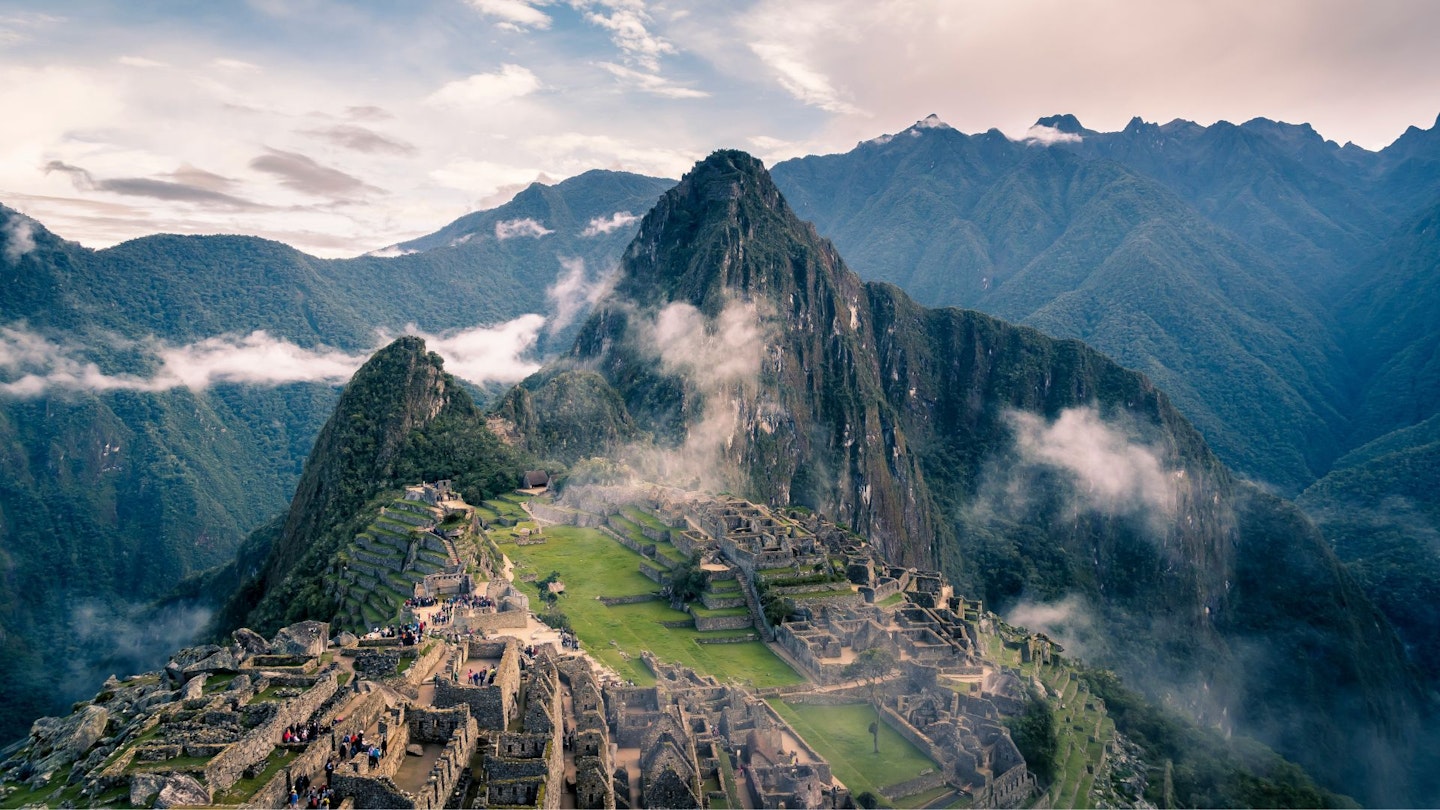
Distance: 42km (26 miles)
Duration: 3-5 days
Start point: Piscacucho at Kilometre 82 on the railway line from Cusco
End point: Sun Gate on Machu Picchu mountain
Trekking among the Peruvian Andes is an epic experience. Add in exploration of Incan ruins, built in mountain-clinging terraces, and you have an unforgettable adventure.
The highlights are almost too many to mention. The never-ending views, the trail-side communities, the airy passes (including the 4,215m Warmiwañusqa – the 'Dead Woman’s Pass') and the exotic flora and fauna are all contenders.
But if pushed to rank one highlight above them all, watching dawn break over Machu Picchu from the Sun Gate, shortening shadows and spreading light over the citadel, is a heart-achingly beautiful climax to this most awe inspiring of treks.
Just be aware, this is a very, very popular hike and permits sell out well in advance.
5. Routeburn Track, New Zealand
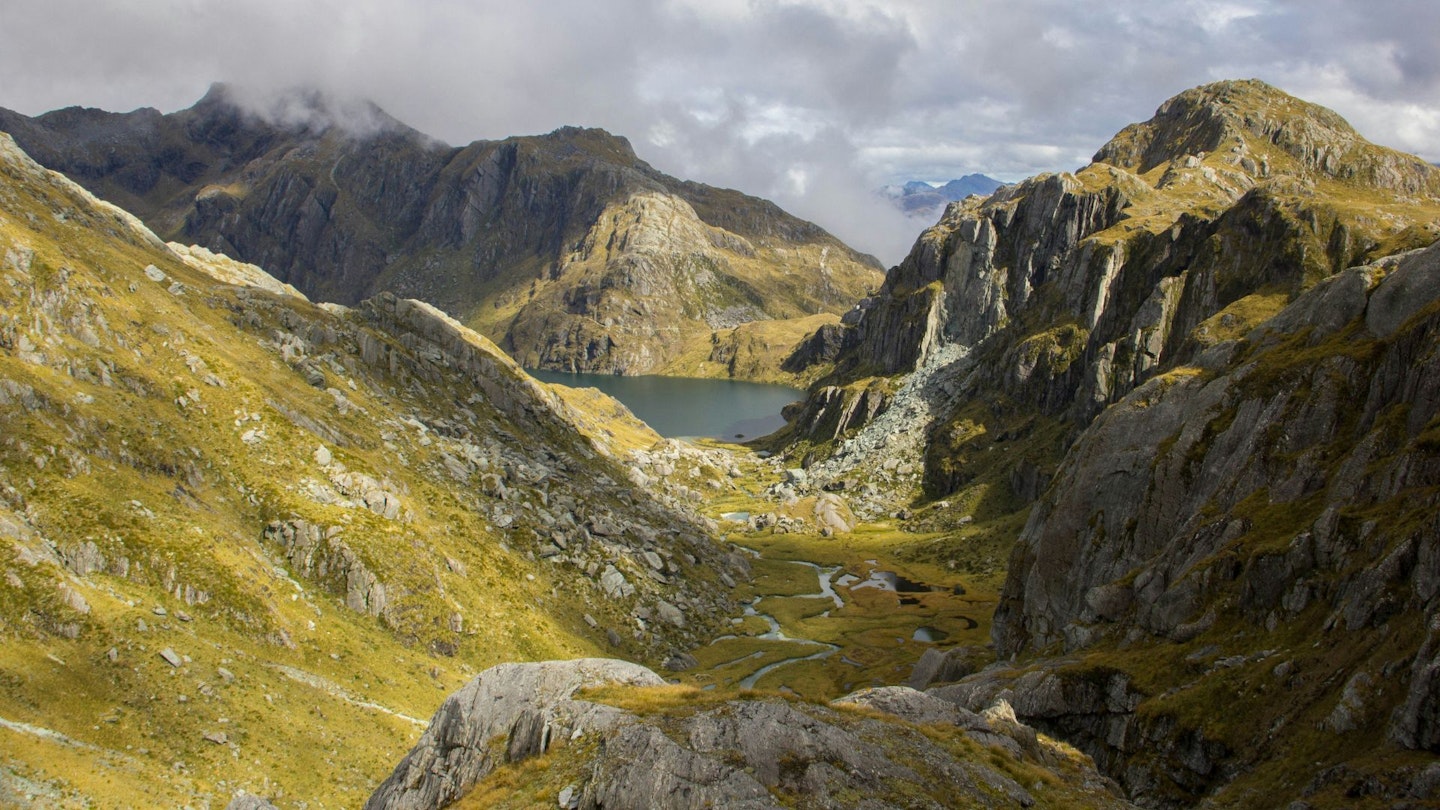
Distance: 32km (20 miles)
Duration: 2-3 days
Start point: Divide Shelter
End point: Routeburn Shelter
Fiordland National Park is a vast wilderness of impenetrably steep summits, glassy lakes and dramatic fjords. The Routeburn Track starts here, rising through moss and fern-carpeted rainforest to reach Lake Mackenzie, whose emerald waters reflect alpine tops.
The path then frees itself from the blanket of forest for fine views of the snow-capped Darran Mountains as it climbs to its highest point – Harris Saddle (1,255m). From here you can divert through the curiously-named Valley of the Trolls, with the sort of vistas one might expect from Middle Earth.
The main path descends via the glorious Lake Harris and the noisy Route Burn river to cap off 20 of the best miles you’ll ever walk.
6. Mist Trail, Yosemite
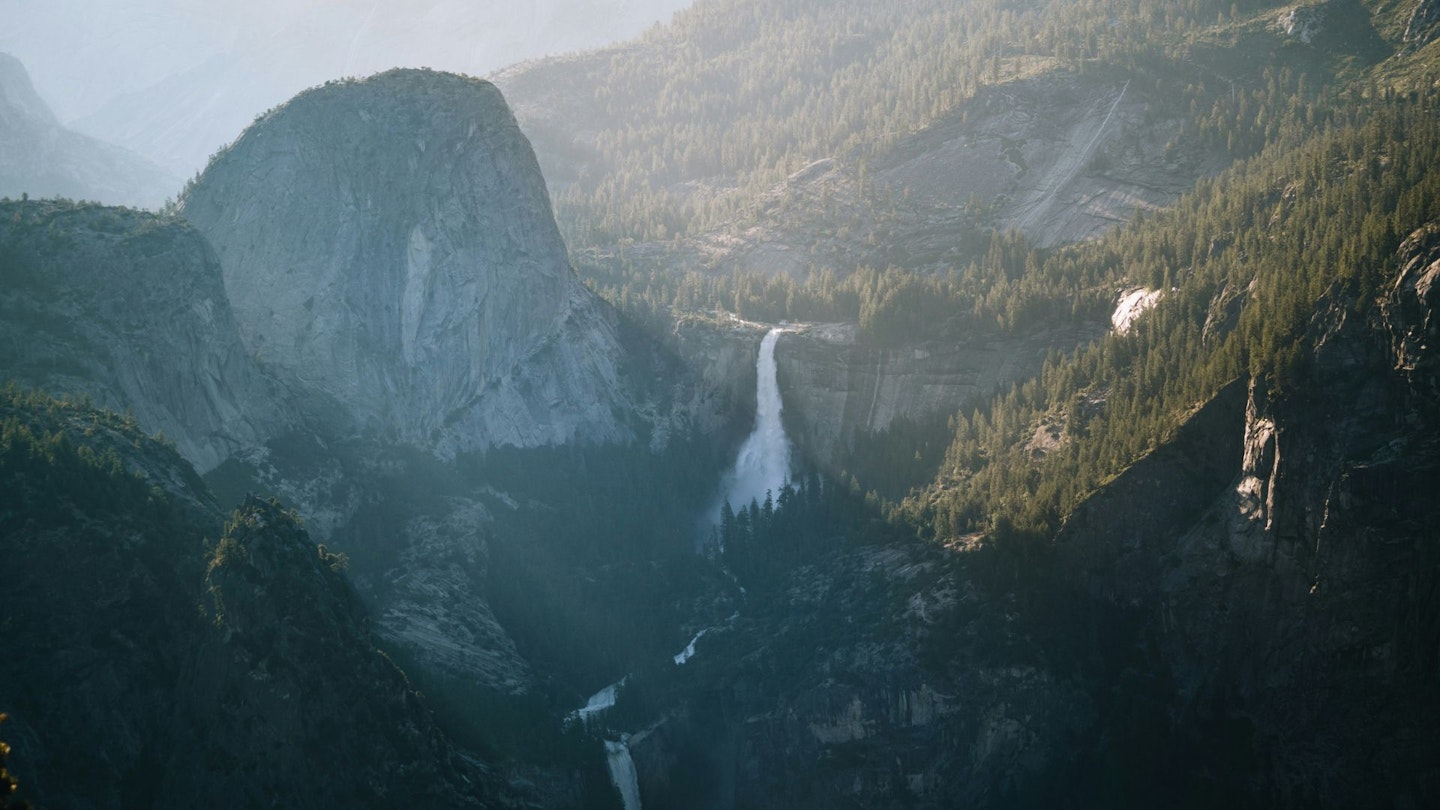
Distance: 11km (7 miles)
Duration: 4-8 hours
Start and end point: Happy Isles Trailhead
The Mist Trail in Yosemite is popular for a reason: it allows hikers to see two mighty waterfalls in a relatively short hike. Vernal Fall, the lower waterfall, is impressive and accessible to most hikers. Higher up, Nevada Fall is larger and even more dramatic, with a thunderous roar – but reaching it requires a more challenging climb.
The sheer force of the water creates a heavy mist, which can sometimes catch the light to form magical rainbows. This, combined with views towards the grandiose cliffs of Yosemite, makes the Mist Trail a unique experience.
Most walkers do a there-and-back route, turning around at Nevada Fall, but you can shorten it by just going up to Vernal Fall. It’s also possible to make it into a loop by returning via the John Muir Trail, which traces a higher line than the main route, with a new perspective on the waterfalls below.
7. GR20, Corsica

Distance: 180km (112 miles)
Duration: 10-16 days
Start point: Calenzana
End point: Conca
The GR20 takes on the mountainous spine of Corsica. It’s known as ‘Europe’s toughest hike’ due to its rugged terrain and 12,000m of elevation gain. There’s several sections of scrambling, the spiciest of which are supported by a chain.
Hikers are constantly surrounded by masses of foreboding rock, so the occasional pasture, wooded slope, or even flat stretch of path feels like an oasis. On the fourth stage, you can take a short detour to scramble up to Monte Cinto, the highest peak in Corsica (2,706m). Your reward is an almost overwhelming panorama of rock and sky.
It might be physically demanding, but it’s logistically simple. It’s a Grande Randonnée (GR) route, meaning it’s part of a network of long-distance European trails, all of which are mapped into well-documented stages. And there’s plenty of mountain refuges along the way where you can get food, a bed or put up your tent.
Check out our ultimate guide to trekking the GR20.
8. Annapurna Circuit, Nepal
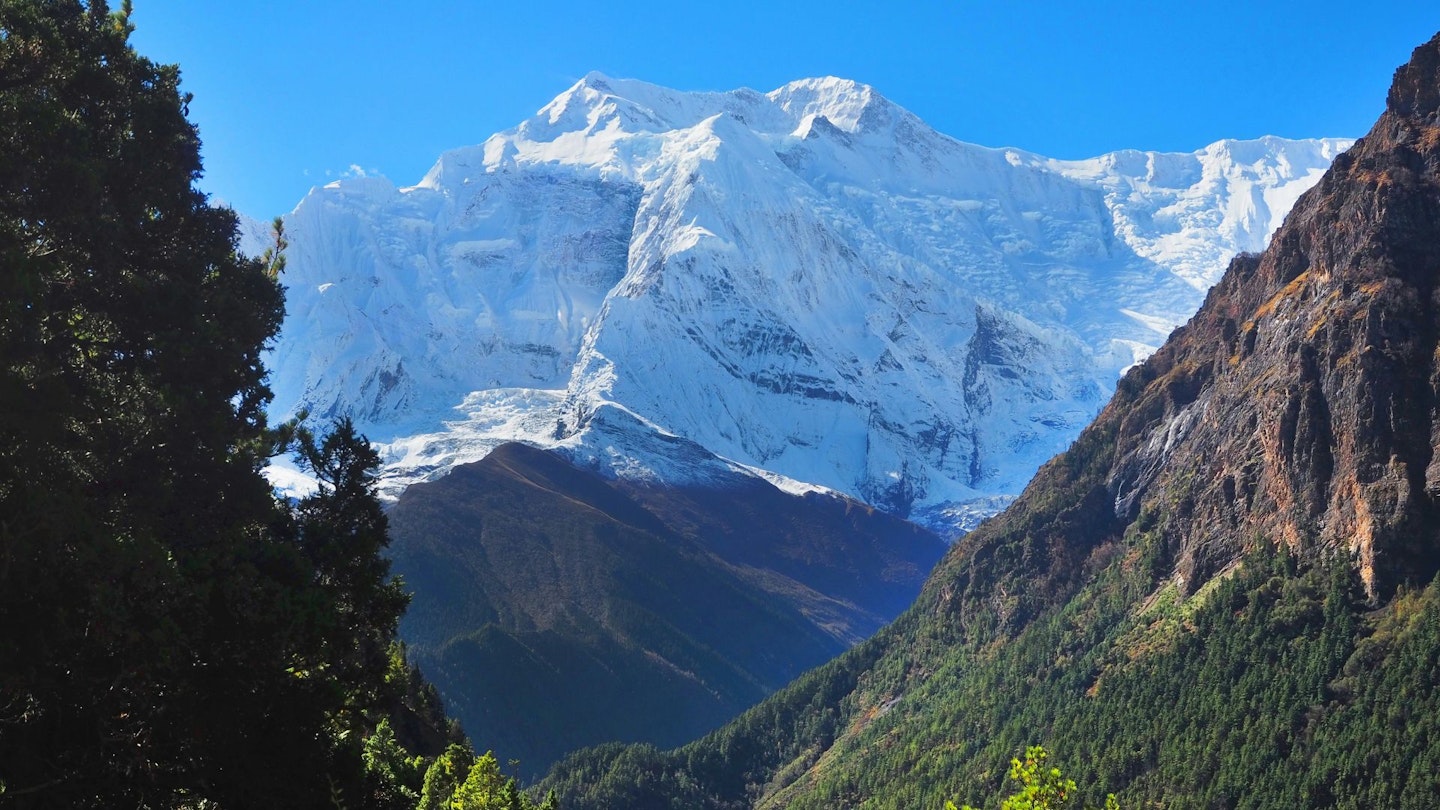
Distance: 160-230km (99-143 miles)
Duration: 12-21 days
Start point: Besisahar
End point: Nayapul
If you’ve dreamed of exploring the Himalayas but mountaineering isn’t your cup of tea, the Annapurna Circuit is calling. It’s a 12-21 day hike around Mount Annapurna, the 10th highest mountain in the world.
The Annapurna Circuit doesn’t climb any technical peaks, rather ascending to the Thorong La pass which, at 5,416m, is accessible to most hikers with good fitness and careful acclimatisation.
You’ll adventure through subtropical forests, terraced rice paddies and mountain passes with views of snow-clad peaks (see the first image on this page for another glimpse of the route).
It’s a culturally rich experience, too. Over the course of the hike, you’ll pass through traditional Nepalese villages, each with their own traditions, dialects and cuisines. Trekkers stay in teahouses, where they’re treated to hearty local meals. Need we say any more?
9. Mount Olympus from Litochoro, Greece
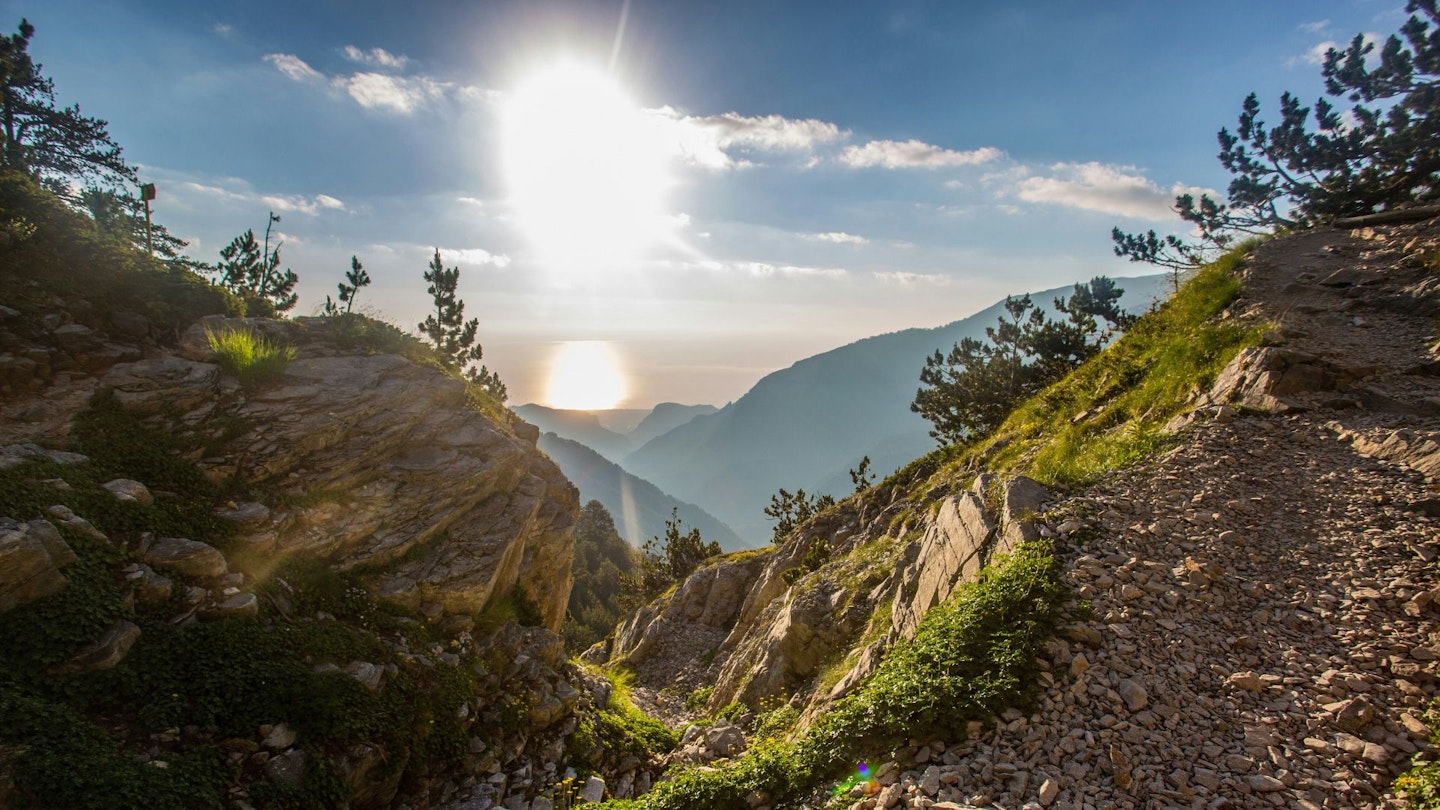
Distance: 60km (37 miles)
Duration: 4 days
Start and end point: Litochoro
Olympus is a perfectly self-contained trekking mountain, because rather than being a single peak, it’s a whole massif – a range of 52 summits sprawling across 500 square kilometres on the north-eastern coastline of Greece.
And because the massif is riven with deep gorges, it’s a world of vast contrasts. Lush forests of beech, oak, fir and bay laurel give way to upland plains of maquis scrubland, and finally to an immense, arid plateau topped by those 52 summits – every one of them different, ranging from shapely domes to soaring spires.
The whole massif is a UNESCO Biosphere Reserve and it’s easy to see why. It’s also dotted with mountain refuges ranging from hotel-scale to humble cabin, making multi-day hikes easy to arrange (assuming you book ahead).
All this means you can (and many do) spend at least a week exploring Olympus. But our preferred trek is a comparatively short one covering just four days, starting and ending in the town of Litochoro.
The route strings together some of the best bits of the home of the Gods: Enippeas Gorge, Olympus summit, the Plateau of the Muses and Profitis Ilias, with three nights in refuges along the way. You might not bump into Zeus or Aphrodite, but you’ll almost certainly feel a tiny bit godlike.
10. Pacific Crest Trail, USA
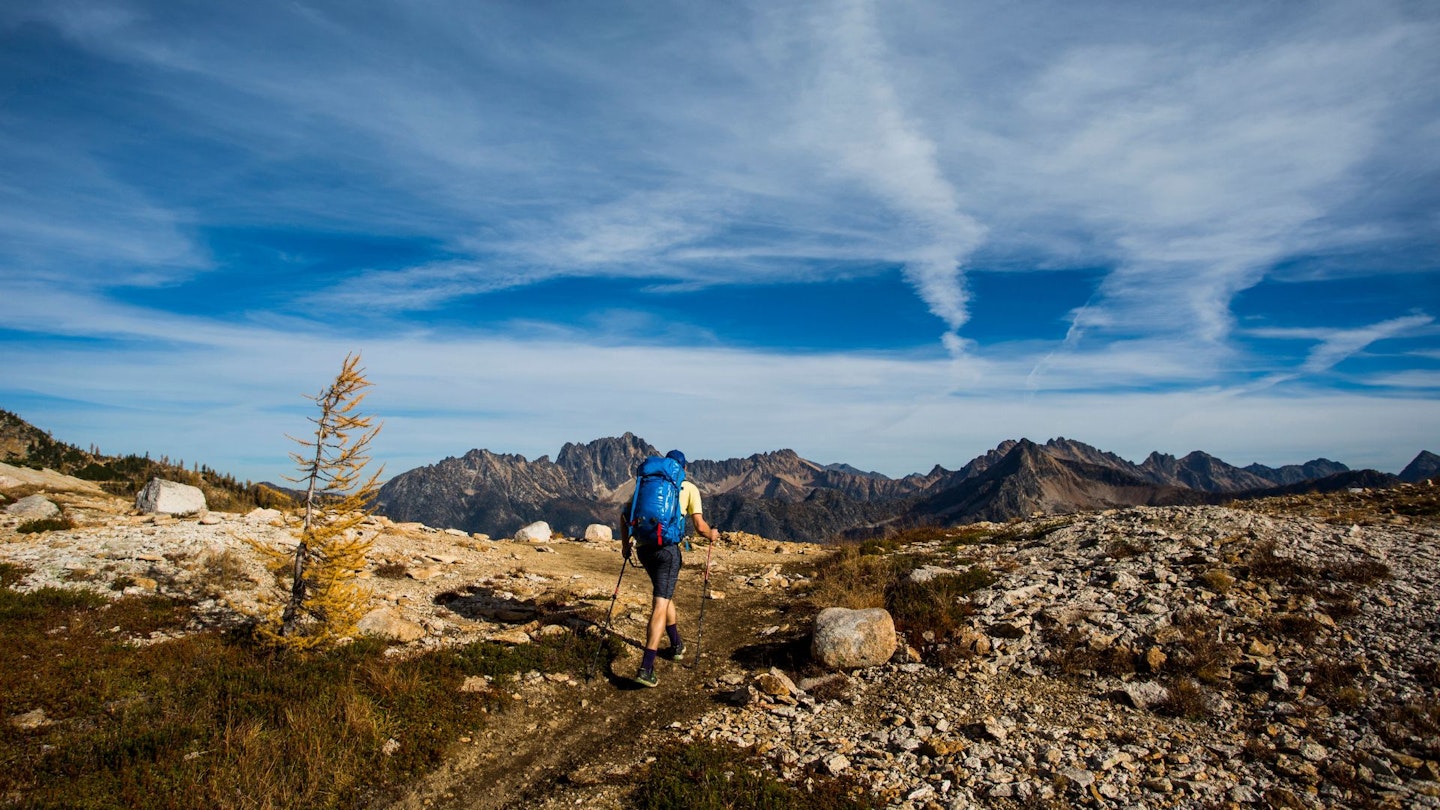
Distance: 4,270km (2,653 miles)
Duration: 4-6 months
Start point: Campo, California
End point: Pasayten, Washington
You might have heard of the Pacific Crest Trail (PCT) from the bestselling memoir Wild by Cheryl Strayed, or the eponymous film featuring Reese Witherspoon. As the story makes clear, the PCT is a serious undertaking, spanning the entire west coast of the USA over roughly five months.
As with any hike of this length, you’ll encounter dramatic shifts in landscape, from the deserts of southern California to the granitic Sierra Nevada mountain range, then up through the mountainous forests of the Pacific Northwest.
And after you’ve ticked the PCT off, you’re a third of the way towards completing the Triple Crown of Hiking. You just need to hop over to Georgia to hike the 3,540km Appalachian Trail, then bash out the 4,873 km Continental Divide. Simple?
11. Tre Cime, Italy
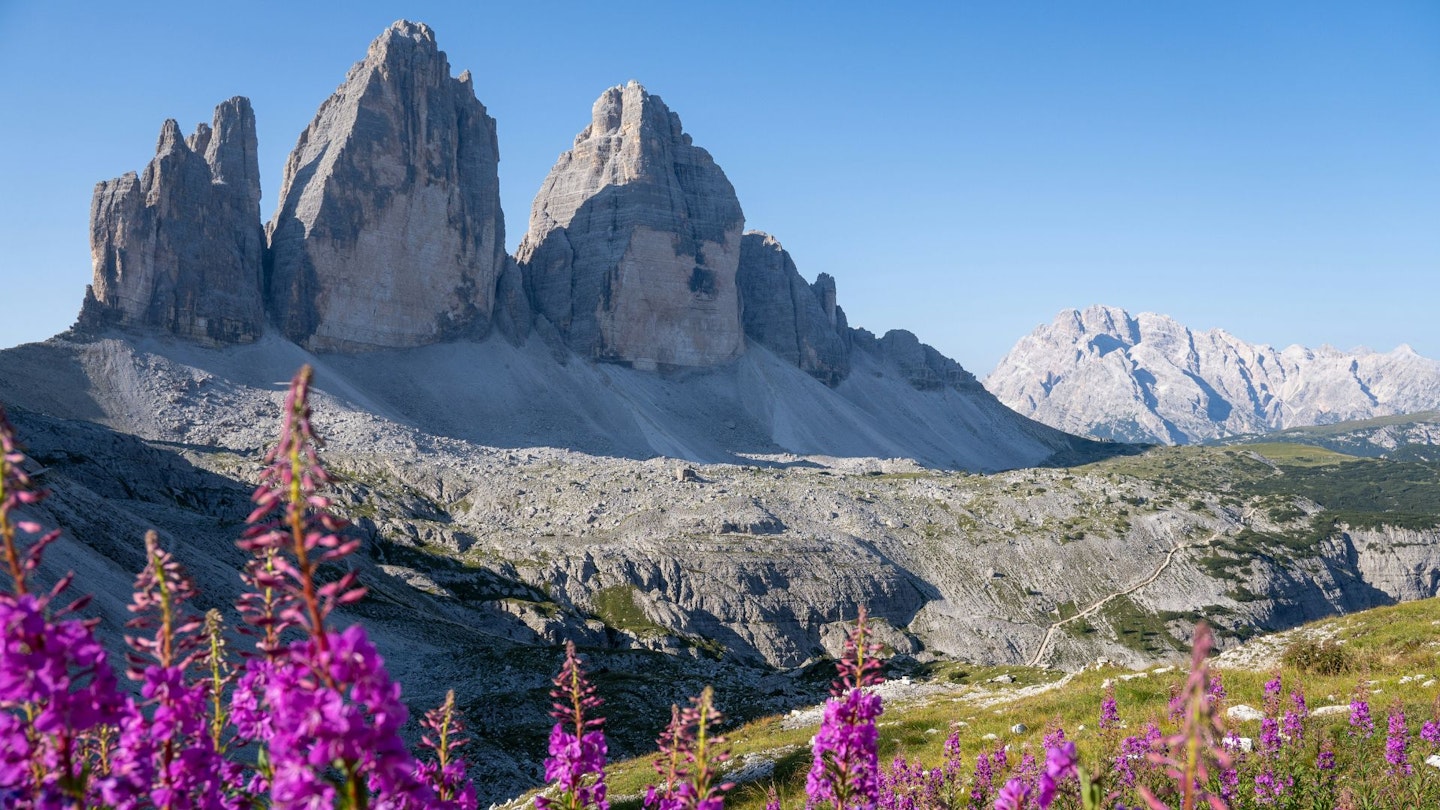
Distance: 10km (6 miles)
Duration: 3-5 hours
Start and end point: Rifugio Auronzo
The beauty of this walk is really how easy it is. You can drive right to the base of the three towers and park at Rifugio Auronzo, then take your pick of a few circular routes that go round the whole Tre Cime massif with unreal views of the towers.
Not only that, it's set right in the heart of some of the best Dolomites scenery with via ferrata and WW1 tunnels to explore on the way round. The towers are in sight the whole time but the view keeps changing as you circle round them.
Of course, there are much longer walks you can do as well. Look out for the Alta Via trails, a series of hut-to-hut hiking routes in the Dolomites.
12. Mount Kilimanjaro, Tanzania
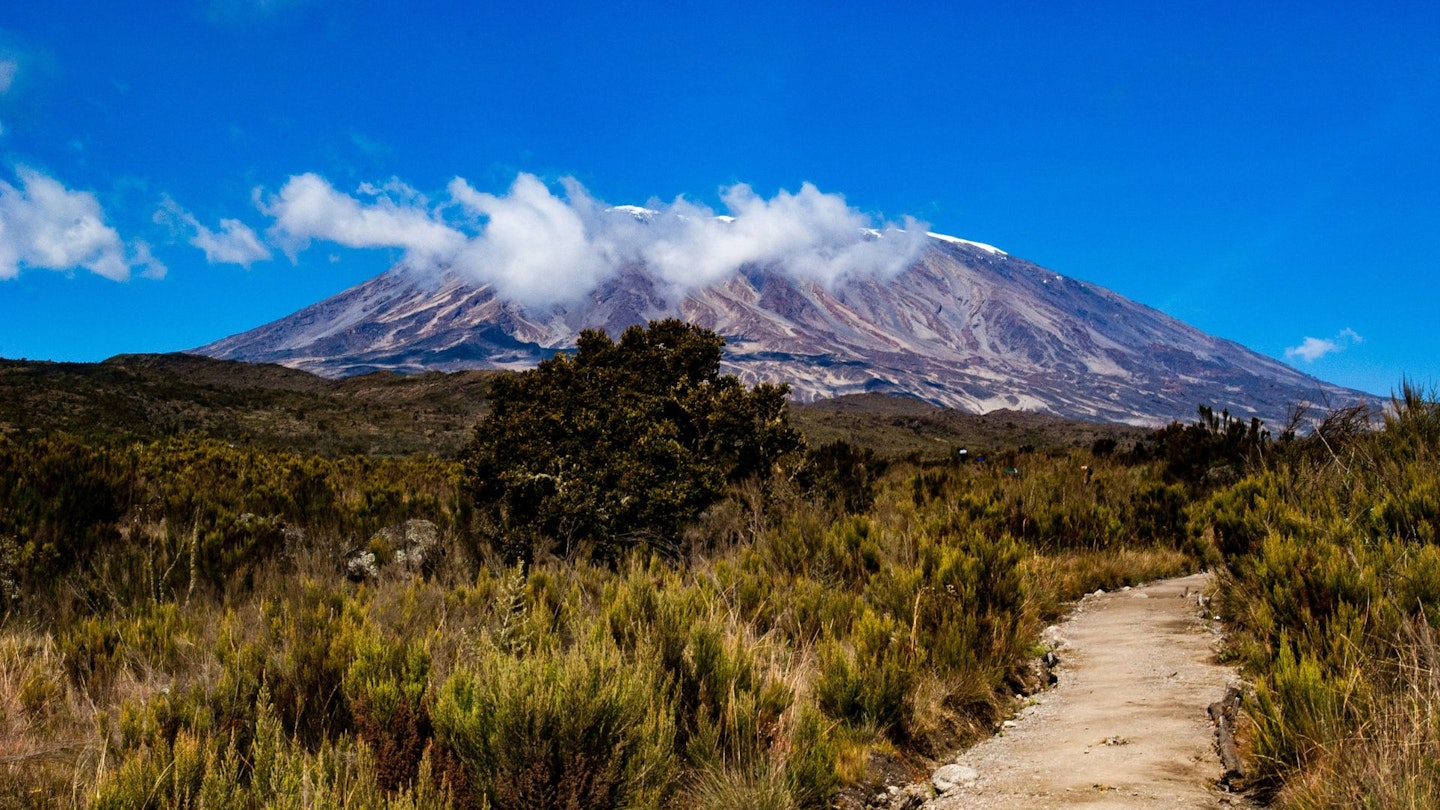
Distance: 37-90km (23-56 miles)
Duration: 5-9 days
Start point: Machame Gate
End point: Mweka Gate
Reaching the summit of Mount Kilimanjaro (5,895m) is no easy feat – there’s a lot of elevation gain and a real risk of altitude sickness – but the climb is often considered the most accessible of the Seven Summits, as it requires no technical mountaineering experience.
The journey is spectacularly varied, ascending through lush cloud forest, high-altitude moorlands, past surreal alpine deserts and finally onto the glacier-clad upper slopes. The summit isn’t a pointy peak, but rather the highest point on the rim of a volcanic crater.
There are several routes up Africa’s highest mountain, so careful planning is needed to find the right one for you. The Marangu Route is known for its huts and gentler gradient, while the Machame Route is prized for its scenic views and varied landscapes. Lemosho and Shira approach from the west, providing quieter trails and better acclimatisation.
13. Lycian Way, Turkey

Distance: 540km (336 miles)
Duration: Around 30 days
Start point: Ölüdeniz
End point: Geyikbayırı
There are three things that, put together, make the Lycian Way different from other long distance paths. First, it tracks the beautiful Aegean coastline of Turkey. You get astounding sea views and a dip more or less every evening.
Second, it’s logistically easy. There are small shops and pensions that make resupply a doddle, so you can travel light. Most nights you can sleep in a bed if you want, with informal family-run guesthouses offering a taste of local life.
Third, it’s in Turkey! The food is delicious and the people are hospitable. The trail has a rich history, and there's no other hike in the world where you find ruins of the ancient Lycian civilisation sandwiched among olive groves and pine forests.
Do the Lycian Way, but don't underestimate it: coastal walking means plenty of ascents and descents, and although waymarking is good, the path can be steep and rugged underfoot.
14. Besseggen Ridge, Norway
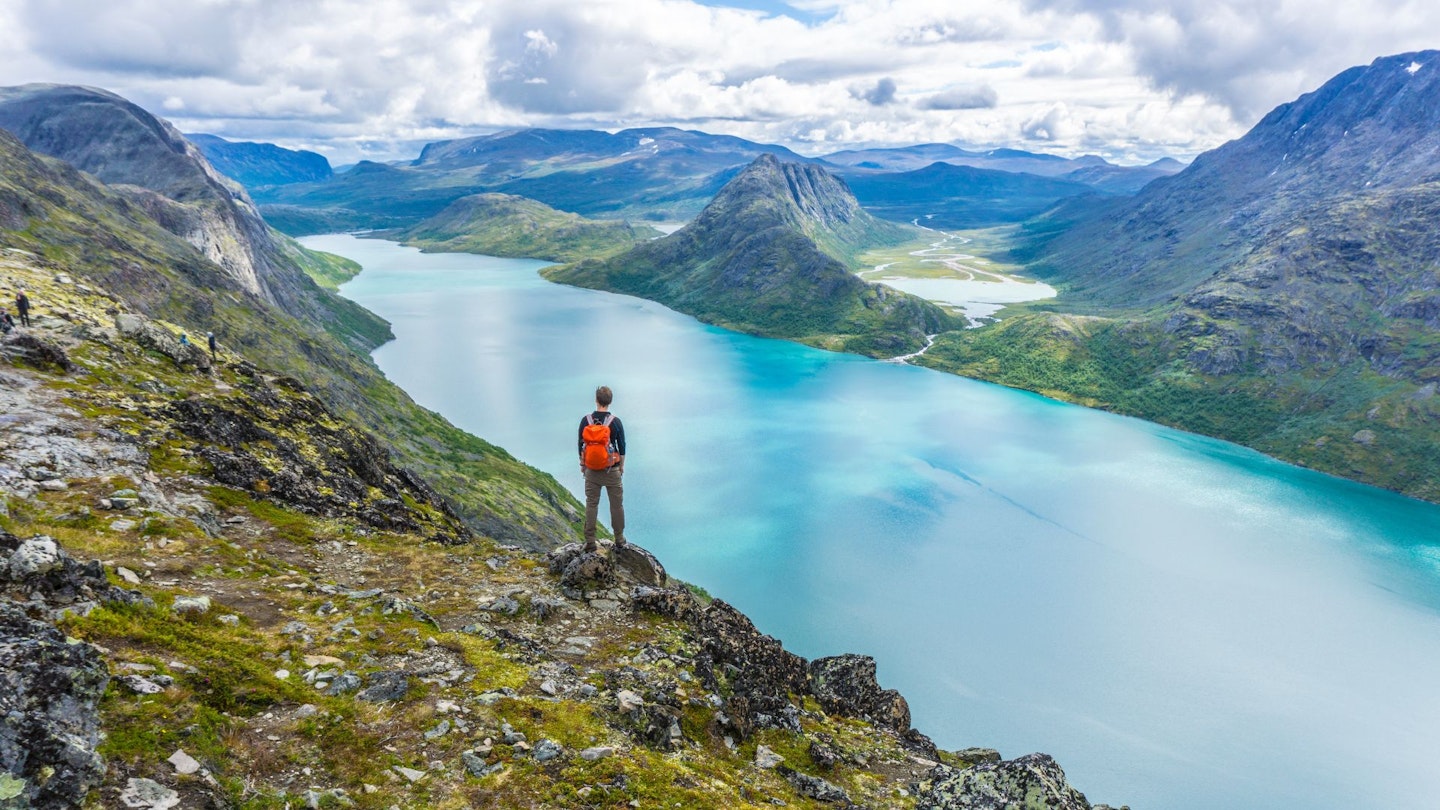
Distance: 14km (9 miles)
Duration: 6-8 hours
Start and end point: Gjendesheim or Memurubu, Jotunheimen
Norway has no shortage of spectacular hikes. The lofty viewpoints of Trolltunga (the Troll’s Tongue) and Preikestolen (Pulpit Rock) are two examples that have understandably become popular.
While still busy (with 60,000 visitors per year), Besseggen Ridge gets my (deputy editor, Rob Slade) pick here. This end-to-end hike can be started from either side, but there’s something magical about getting the boat along the lake to Memurubu and then walking your way back to Gjendesheim.
The hike itself is on well-marked trails, but the weather can be wild and changeable (you top out at around 1,100m), so care needs to be taken when navigating in poor conditions. You’ll need to pack for a full day in the mountains, just as you would in the Lakes or Scotland.
Over 14km, you’ll make your way up and over Besseggen Ridge, with 360° views for much of the hike. This is the unmistakable highlight. The dark greys of the rocky terrain fall away in stark contrast to the emerald-coloured Lake Gjende below.
The ridge, shaped like a dragon’s back, is flanked by hundreds of snow-topped peaks along the horizon. Its narrowest section is sandwiched between two motionless bodies of water, before a light scramble takes you to the high plateau above.
Every part of this hike is a feast for the eyes and it’s easy to feel as though you’re in another world entirely.
15. Huangshan, China
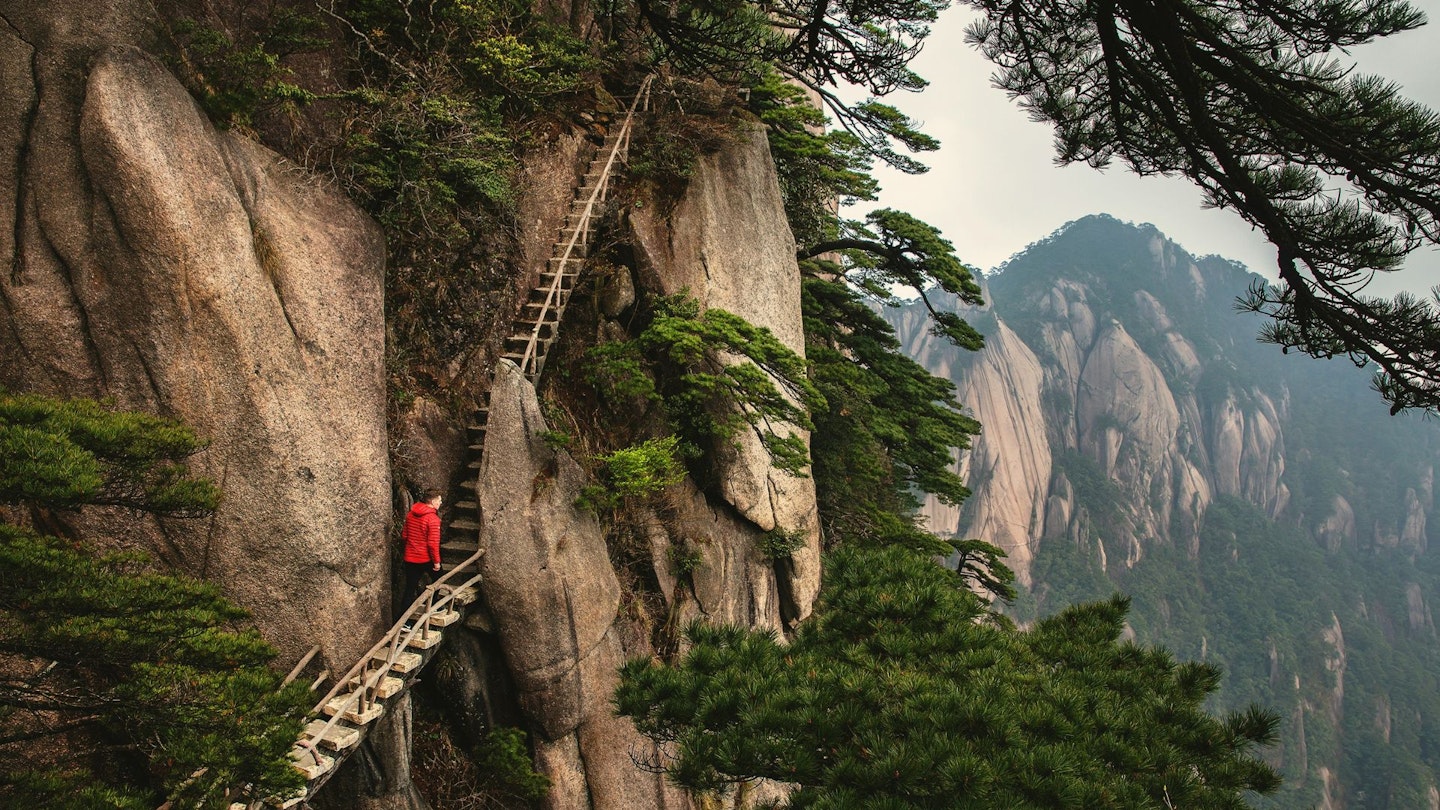
Distance: 22.5km (14 miles)
Duration: 1-2 days
Start point: Yungu Station
End point: Mercy Light Temple Station
Spiky granite peaks surround you, shrouded in mist so that their twisted-pine tops seem to be floating above a white sea. This must be China, but where exactly? It’s Huangshan, one of China’s most famous natural landmarks, revered by generations of poets and painters.
Unsurprisingly, the collection of peaks that make up Huangshan get very busy, but many people take the cable car where possible. The Lonely Planet recommends a 22.5km hike, starting at Yungu Station at the foot of Eastern Steps, staying in a guesthouse on Huangshan summit, then finishing at the foot of Western Steps.
Whichever path you choose, traversing Huangshan is an experience that lingers long after the mist has lifted.
16. Hardergrat, Switzerland
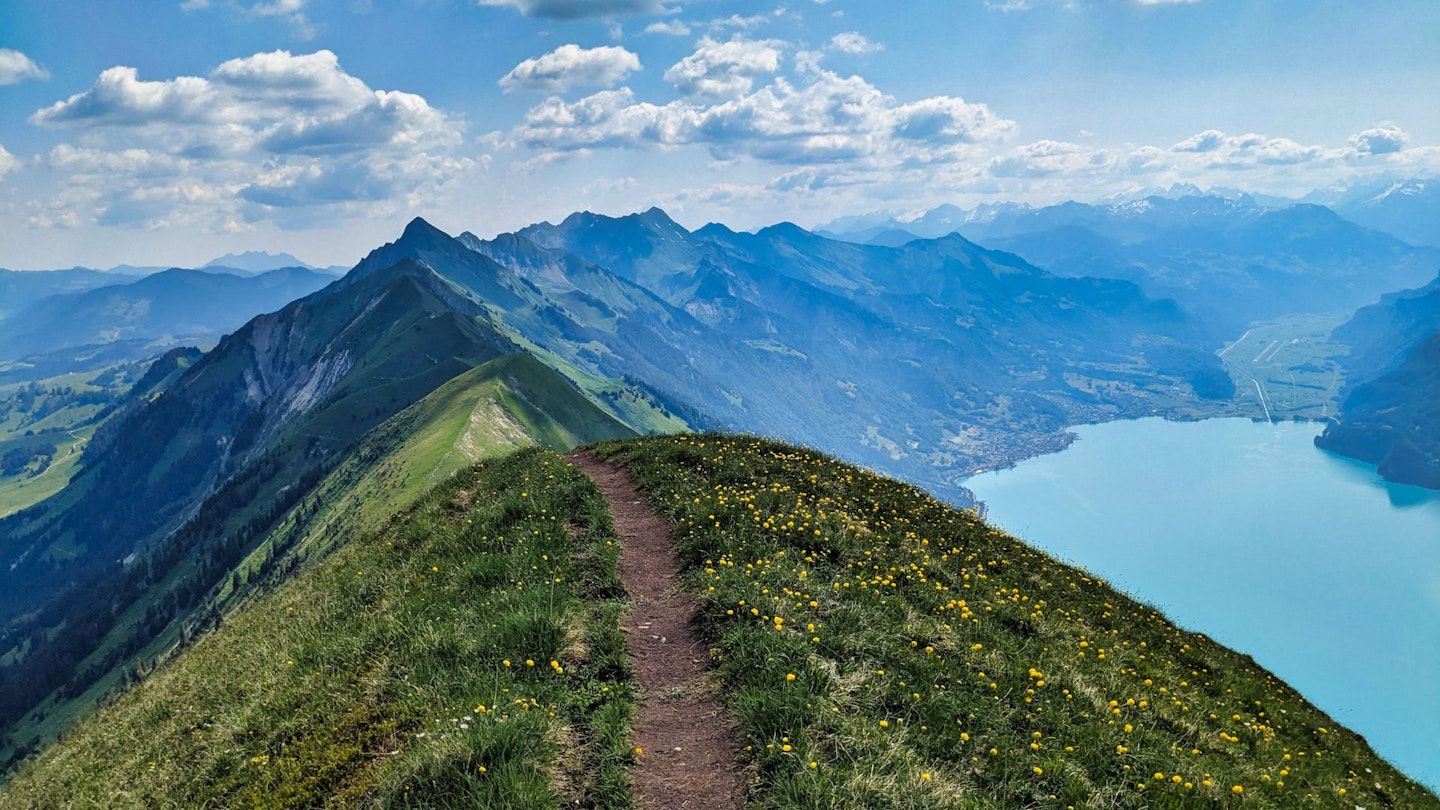
Distance: 24km (15 miles)
Duration: 6-10 hours
Start point: Interlaken
End point: Brienzer Rothorn Station
There’s few alpine ridges with walkable trails, let alone those which go on for as long as 18km, flanked by steep grassy slopes. On top of this, Hardergrat is surrounded by panoramic views of the highest peaks of the Jungfrau, with views down to the turquoise Lake Brienz. All of this means that it has to be one of the most epic ridgeline trails in the Alps.
It’s perhaps not a coincidence that ‘harder’ is in the name of the trail. Not only is this a long, high walk, without many escape points, but the ridge is highly exposed – in some sections, the path is very narrow, with roughly a 1,500m drop. There’s some fixed cables, but the steepest section is an unprotected scramble.
It’s not to be attempted when wet, as it gets very slippery. You’ll be grateful for trekking poles, too. But if you’re an experienced and fit hiker, with a head for heights and confidence on scrambly terrain, this is an unforgettable trail that makes a solid case for being one of the best one-day hikes in Europe.
17. Cape Wrath Trail, Scotland
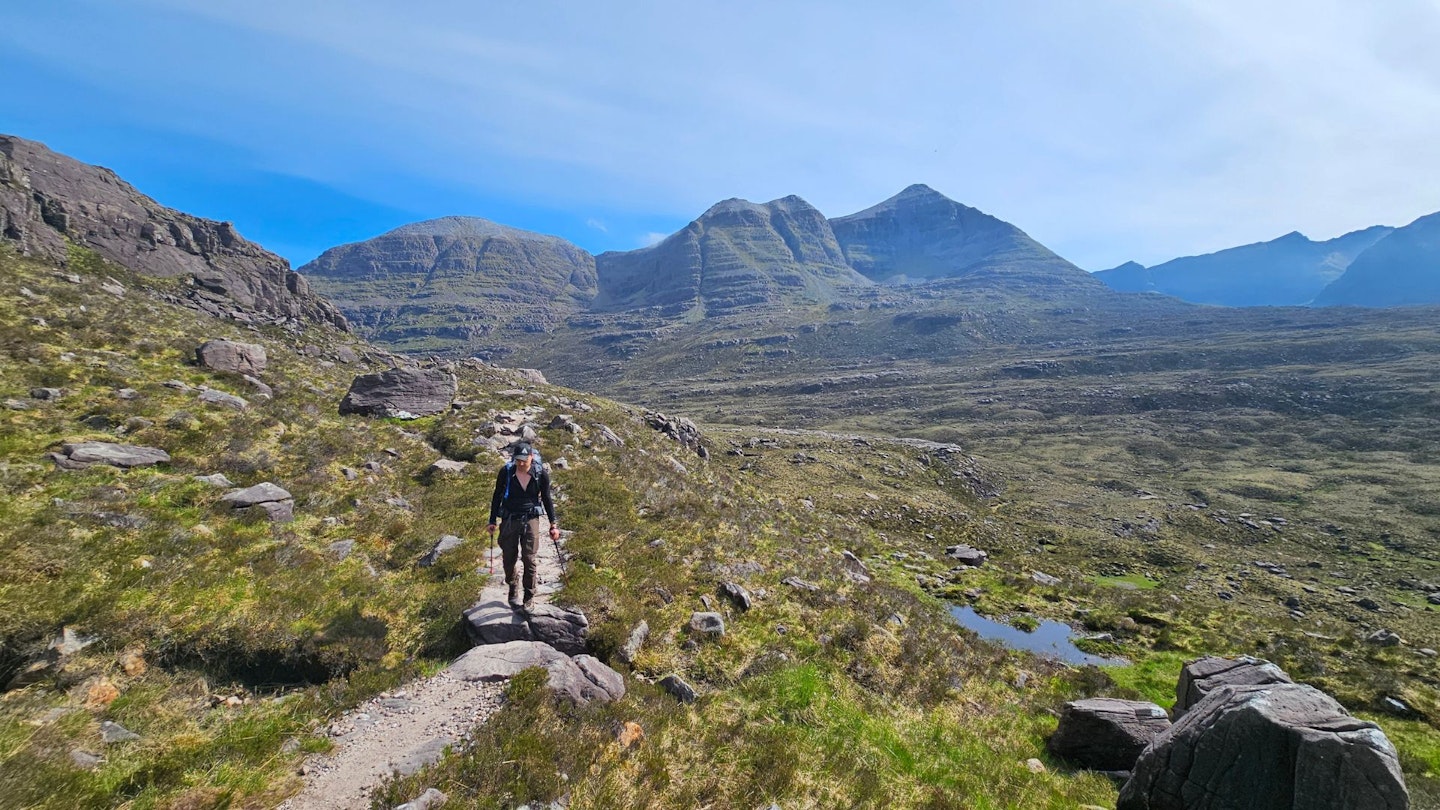
Distance: 370km (230 miles)
Duration: 10-21 days
Start point: Fort William
End point: Cape Wrath
The Cape Wrath Trail is considered the hardest long-distance hike in the UK. It takes over two weeks to complete, without an officially marked path, crossing muddy, steep, rocky and boggy terrain, not to mention the odd river crossing – all in the remote wilderness of northwest Scotland.
Tempted? It’s not a doddle, but the Cape Wrath Trail promises to be an adventure. Most hikers wild camp each night, without touching civilisation for days. Alone among the wild moorlands, craggy passes and sea lochs, you’ll feel wild and free – as long as you’re not being ravaged by the infamous local midges.
It’s complicated logistically as there are few resupply points, while good navigation skills are essential. But for experienced and adventurous hikers seeking solitude in nature, it doesn’t get much better than this.
For more info, check out the Cape Wrath section of our introduction to Britain's 'Triple Crown'.
18. Wadi Rum Trail, Jordan
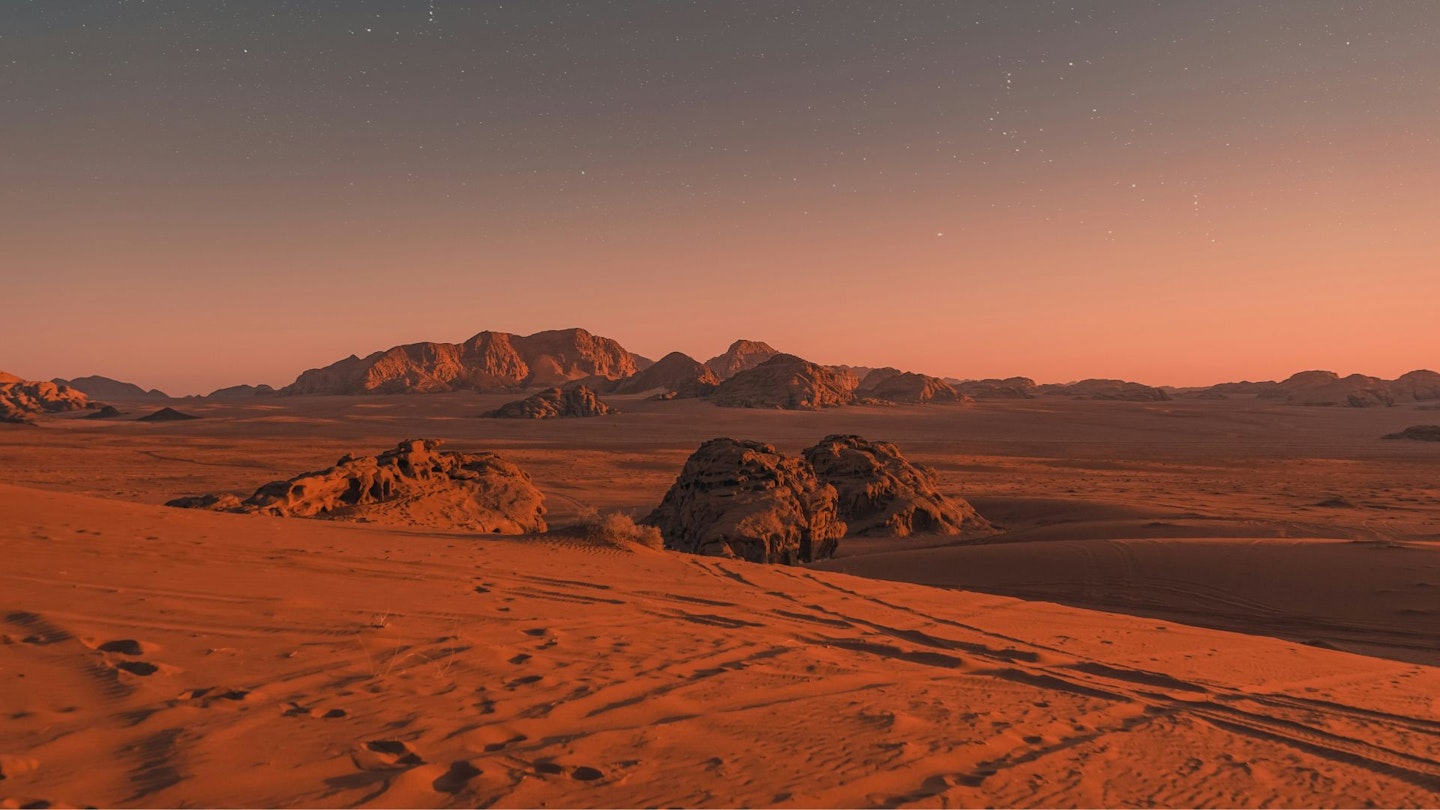
Distance: 120km (75 miles)
Duration: 10 days
Start and end point: Jebel Umm Ishrin
It's no wonder that films like Star Wars and Dune were shot in Wadi Rum. The landscape of the Wadi Rum Trail, a 10-day clockwise circuit from Jebel Umn, is often described as “otherworldly” and “Mars-like”, with its sandstone towers, narrow canyons and vivid red mountains.
Unveiled in February 2023, the Wadi Rum Trail is a network of long-standing Bedouin trails. One of the route's co-creators, Tony Howard, explains how the trail "first and foremost pays homage to the Bedouin of Wadi Rum. They know the area, its flora and fauna intimately from ancestral knowledge – and they are always good company and good fun!"
The Wadi Rum Trail goes off the beaten track and into the 74,000-hectare protected area, tackling Jordan’s two highest summits: Jebal Umm ad-Dami (1,854m) and Jebel Rum (1,734m). There are sections of scrambling, climbing and abseiling, which can all be avoided by nearby, lower paths.
While independent hiking is allowed, the trail was designed to be traveled with guidance from a local Bedouin guide.
19. Laugavegur Trail, Iceland
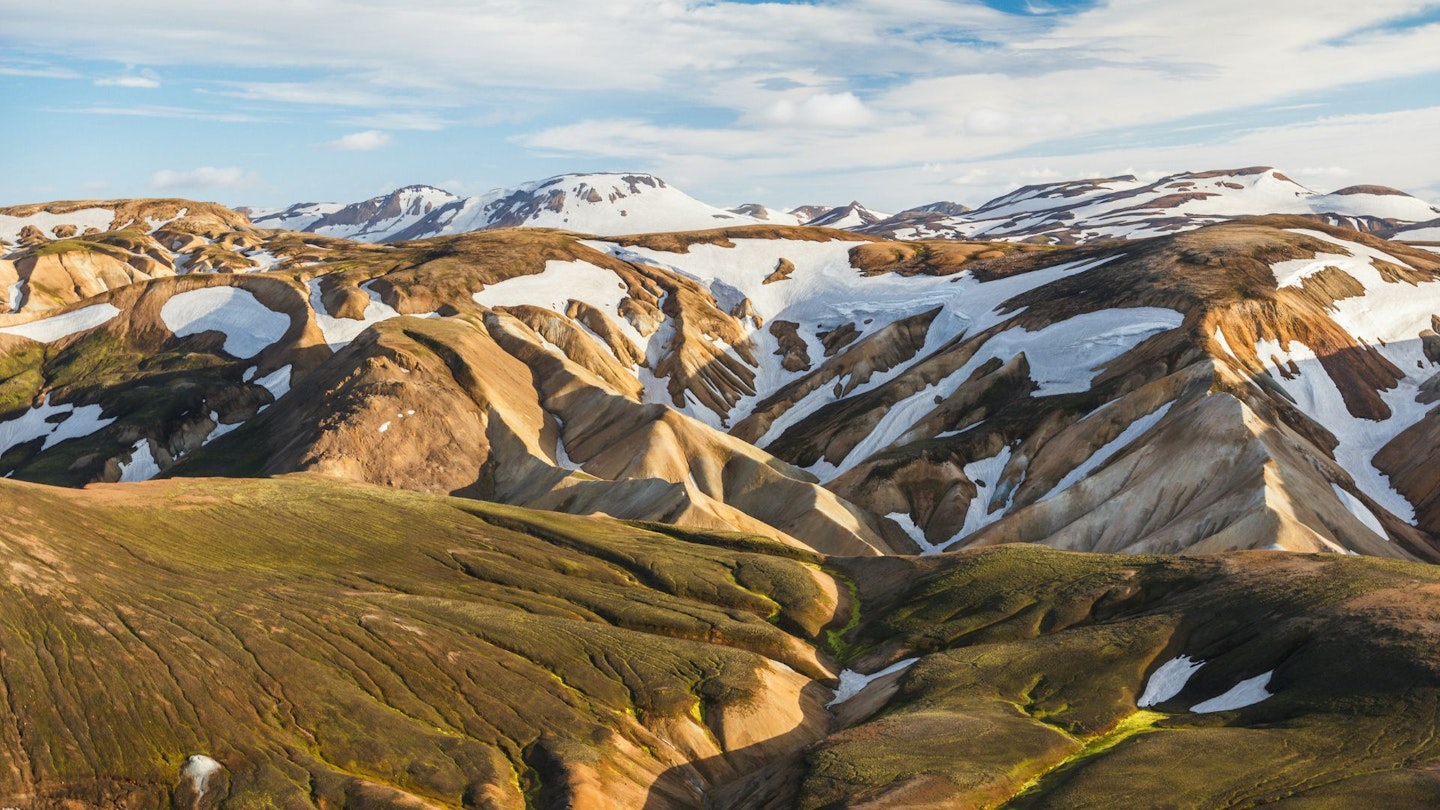
Distance: 55km (34 miles)
Duration: 3-4 days
Start point: Landmannalaugar
End point: Þórsmörk
This Icelandic trail is notable for packing a huge diversity of landscapes into a small number of days: from colourful rhyolite mountains and geothermal hot springs to lava fields and lush green valleys.
Most people walk from north to south, as the path descends more this way, but it’s possible to go from south to north. There are plenty of mountain huts where you can rest and refuel, as well as designated sites for campers.
The path itself isn’t overly technical, so it’s accessible to most hikers with moderate fitness. However, the weather can get wild in this part of the world, so a quality waterproof jacket and pair of waterproof trousers are a must.
20. W Trek, Patagonia, Chile
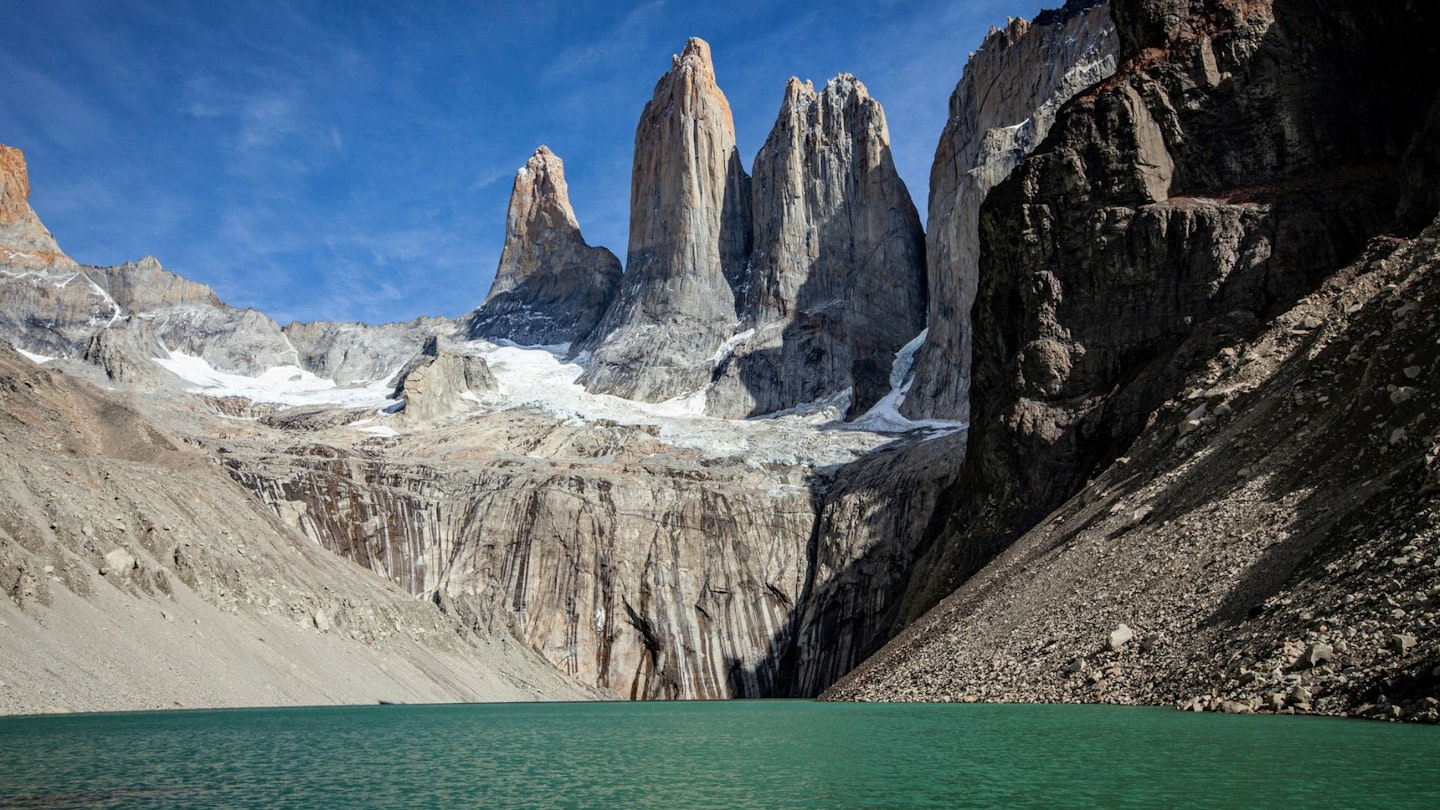
Distance: 74km (46 miles)
Duration: 4-5 days
Start point: Refugio Las Torres, Torres del Paine
End point: Refugio Paine Grande, Torres del Paine
Any list of the best hikes in the world is incomplete without anything from Patagonia (though this list is in no particular order). There’s an abundance of world-class hikes to choose from, but we’ve landed on the W Trek, a classic multi-day hike through the Torres del Paine National Park in Chile.
It's awe-inspiring yet accessible to hikers without any technical mountaineering skills; the awe that’s inspired should come mainly from wonder, not fear. As it’s a popular hike, there are refuges and campsites along the way, and you’ll be sure to meet plenty of other hikers from around the world (the misanthropic, solitude-seeking hiker might prefer a quieter route).
It promises to be hard-hitting, though. Often described as “iconic”, the W Trek joins up some of the most impressive sights in this area: the spectacular Glacier Grey, Valle del Francés with its hanging glacier, the turquoise Lake Nordenskjold and of course, the three mighty granite towers from which the national park draws its name.
Looking for some excellent routes closer to home? Here's our pick of the best hikes in the UK.
About the authors
A team effort, this piece features contributions from LFTO and Trail writers: Evie Nichols, Oli Reed, Rob Slade, Nick Hallissey, Matthew Pike and Ben Weeks. Among us, we’ve got more decades (possibly even centuries) of hiking experience than we’d dare to admit.
